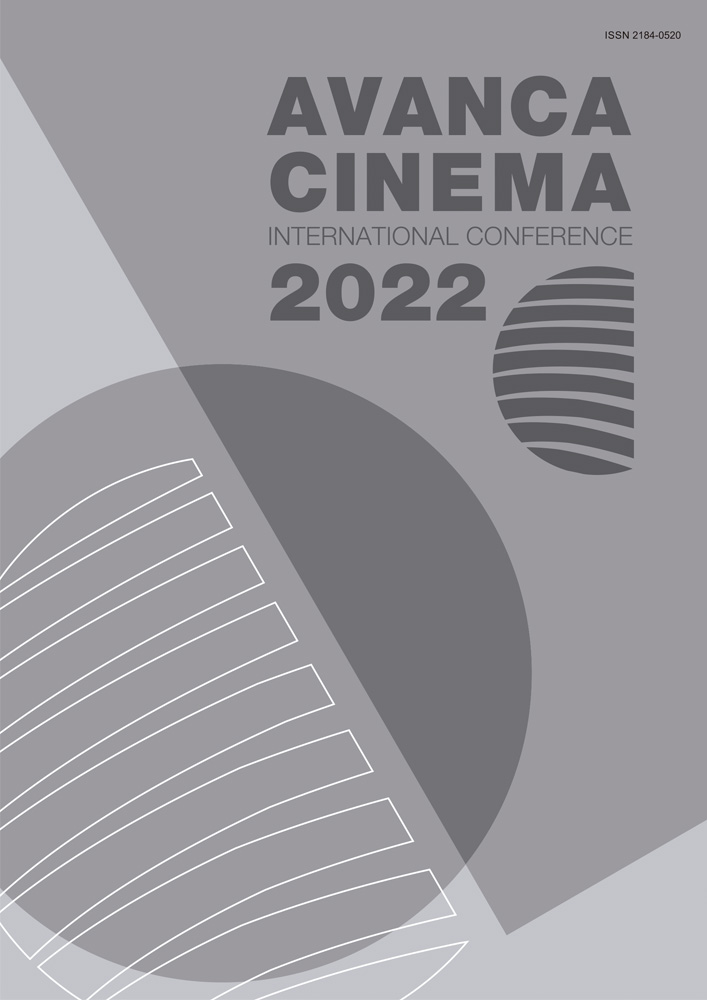Capítulo V _ Convidados
Funeral de Estado (Sergei Loznitsa, 2019): o funeral do documentário
Resumo
From Claude Lanzmann’s controversial interdiction of documentary images produced by genocidal political regimes, this article analyzes the discursive choices of the documentary State Funeral (2019), from Ukrainian director Sergei Loznitsa, against Harun Farocki’s Aufschub (2007), Alain Resnais’ Nuit et brouillard (1956), Vanessa Lapa’ The Decent One (2014) and Rithy Panh’s, L’image manquante (2013). All these films use archive footage. To what extent do totalitarian regimes’ official images, without the marks of enunciation of the director who manipulates them in the present, enable the image ethics, or do they resemble the perpetrators’ propaganda? The proposal presented here relativizes Lanzmann’s concept, but the contemporary director must turn explicit its discursive intervention and show himself as the film enunciator. In this way, he could re-signify and use these images. Authors like Cristina Teixeira Vieira de Melo, François Niney and Arlette Farge are discussed.

Este trabalho encontra-se publicado com a Licença Internacional Creative Commons Atribuição 4.0.

